Bare Conductive’s Touch Board, Electric paint and printed sensors are ideal for prototyping. Electric Paint allows you to quickly make circuits and interfaces on all kinds of surfaces so it’s suited for anything from wearables to posters, enabling you to iterate rapidly and test your ideas along the way.
Here you’ll find a few pointers that will help you along the way.
1. Calibration
To get the desired behaviour out of your sensors, calibration might be necessary, especially if you’re using long cable runs and large sensors.
You can use the companion Grapher application to see how your sensors are behaving. Here you’ll find all the necessary information to start using Grapher with your Touch Board.
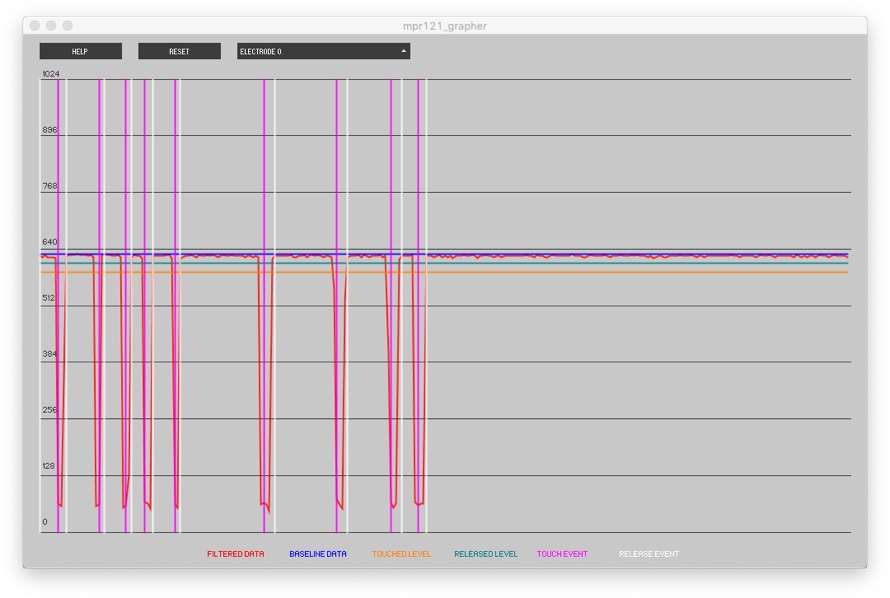
2. Sensor design
Sensors created with Electric Paint can have a variety of shapes and sizes. These factors will affect their behaviour and efficiency so it’s always best to test your ideas before committing. Here are a few pointers to make the job easier.
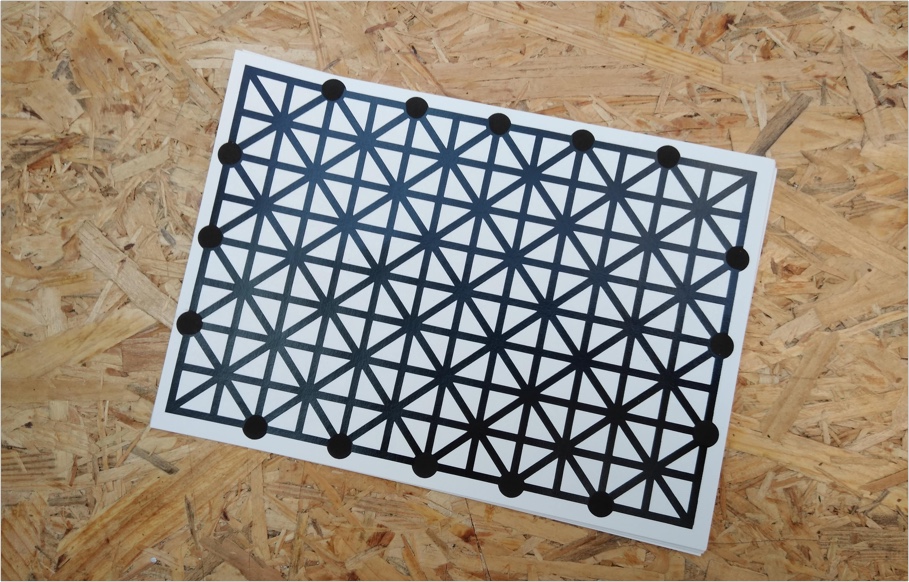
- Consider the size. Small sensors work best for touch controls while larger ones are best suited for proximity sensing.
- Very large sensors can have a slow response time, to improve their efficiency you can use hatched designs like the one on the printed sensors included with the Touch Board Pro Kit.
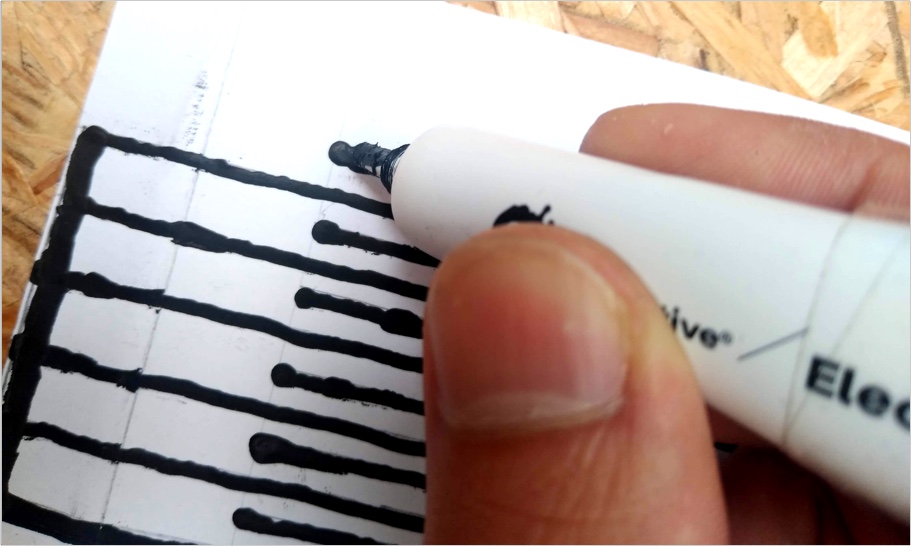
- Consider the technique you’re using to make your sensors. For quick prototyping, you can easily use the Electric Paint tube like a pen. It’s advisable to use a scrap piece of paper first to get a feel for the flow of paint.
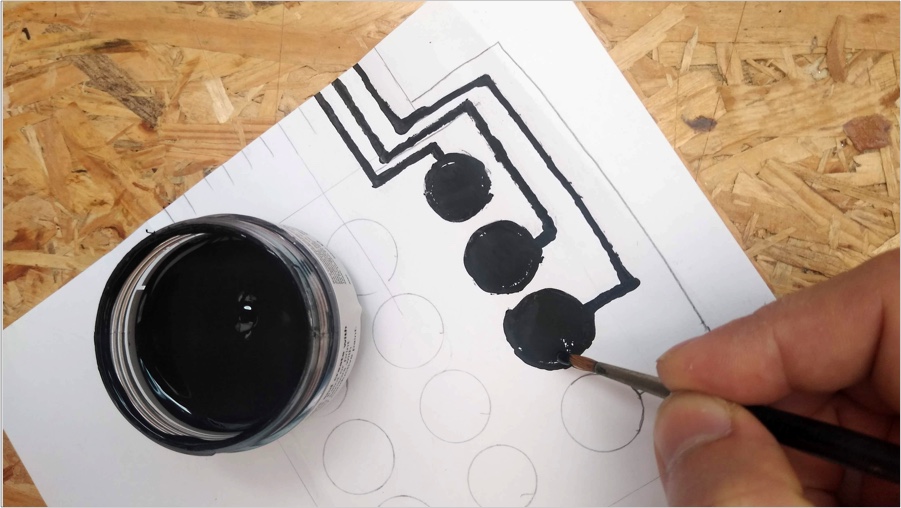
- You can also use a brush and the tub of Electric paint, this will work better than the tube for larger designs. Always ensure that your design has a uniform paint coverage.
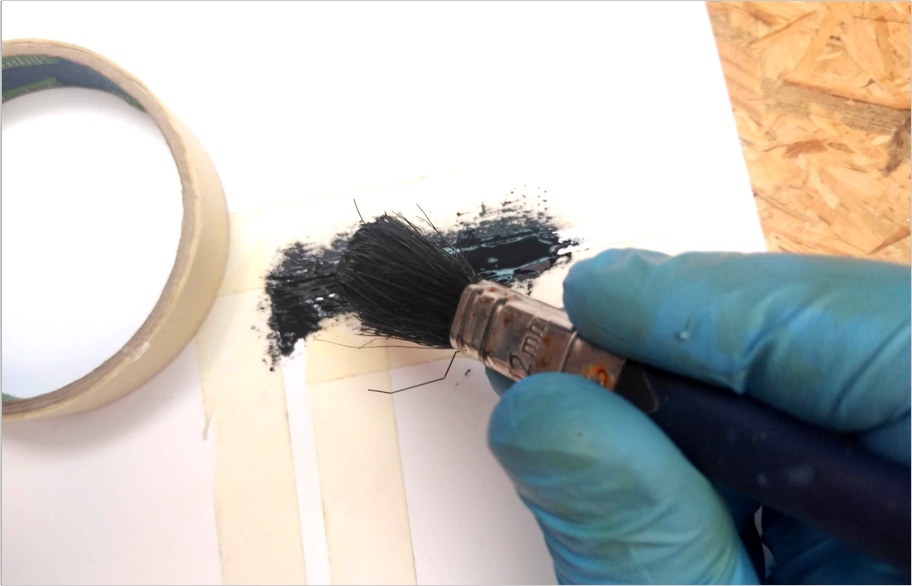
If your project requires neat, sharp edges there are a few methods at your disposal.
- Masking tape and a small roller/stippling brush are great for straight-line designs.
- Always test the adherence of the tape on your chosen material so that you don’t damage it when peeling the tape. You can make the tape less tacky by sticking it to something like a tea towel before using it.
- Carefully peel the tape off before the paint has completely dried to achieve the best results.
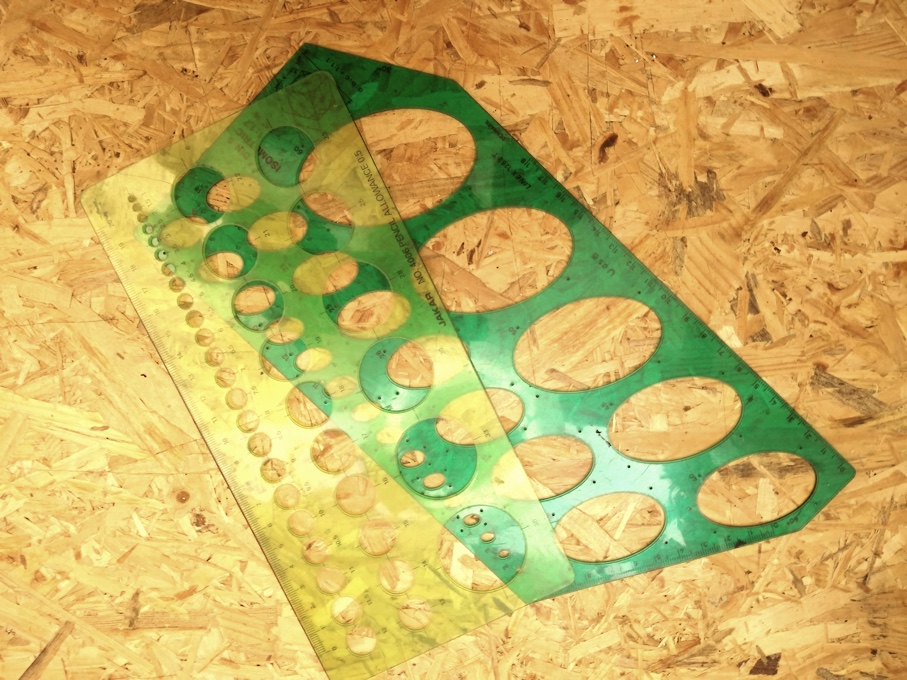
For more involved shapes you can create stencils out of a variety of materials, from acetate to thin card. You can also use commercially available stencils and templates for lettering, circles, ellipses…
- Stencils are particularly suited when you want to use the same pattern repeatedly.
- The durability of the stencil will depend on the chosen material, so bear this in mind when making one, especially if you need to use the stencil recurringly.
- For intricate designs that require the best possible finish, silkscreen printing is advised. This technique will also allow you to make unlimited copies of your design with consistent quality so it’s great if you want to produce several units of your design.
3. Trace length
The trace is the connection from the Touch Board to your sensor.
- You shouldn’t use Electric Paint for traces longer than 1m.
- Electric Paint traces should be between 3mm and 15mm wide.
- If you need traces longer than 1m, it is advised to use copper tape or shielded cable as this will improve the reliability of the sensors.
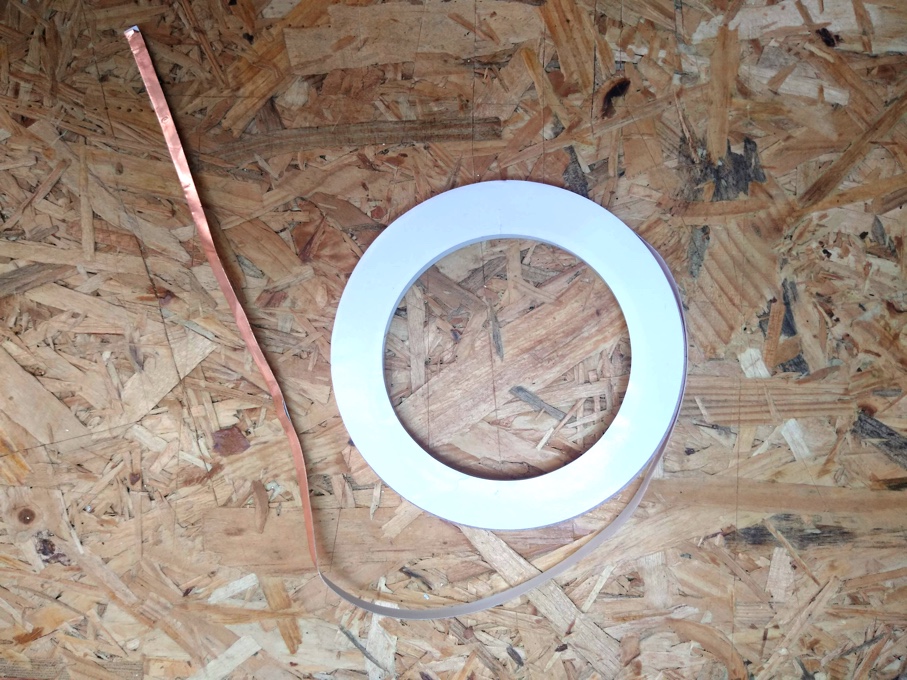
4. Reset, reset
It’s easy to forget, so we’ll repeat: Reset!
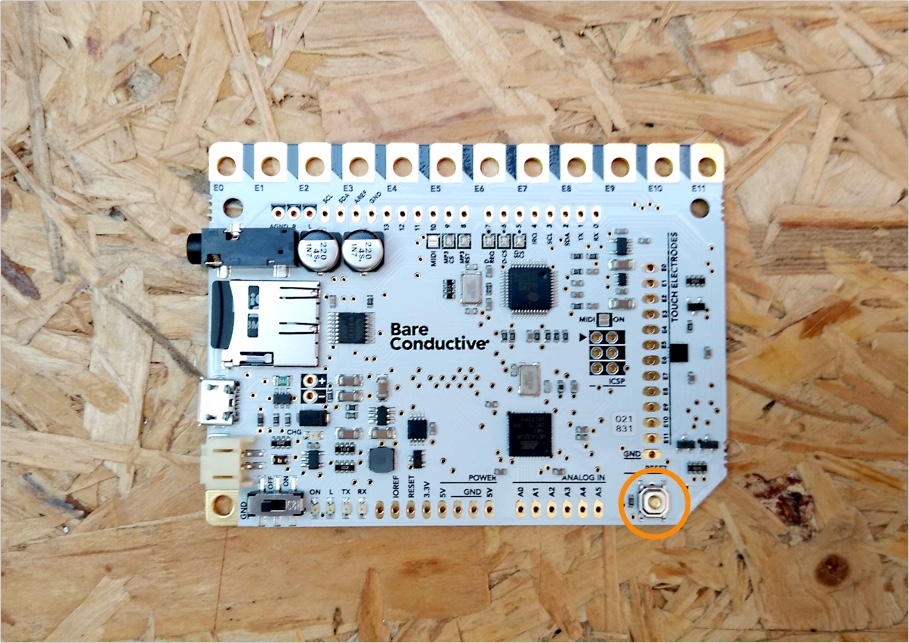
Every time anything changes regarding the configuration of your sensors, cabling and contacts, the sensors need to recalibrate to work correctly. The most common cause of things suddenly not working will be this, so remember to reset.
Like what you read? Why not show your appreciation by giving some love.
From a quick tap to smashing that love button and show how much you enjoyed this project.

